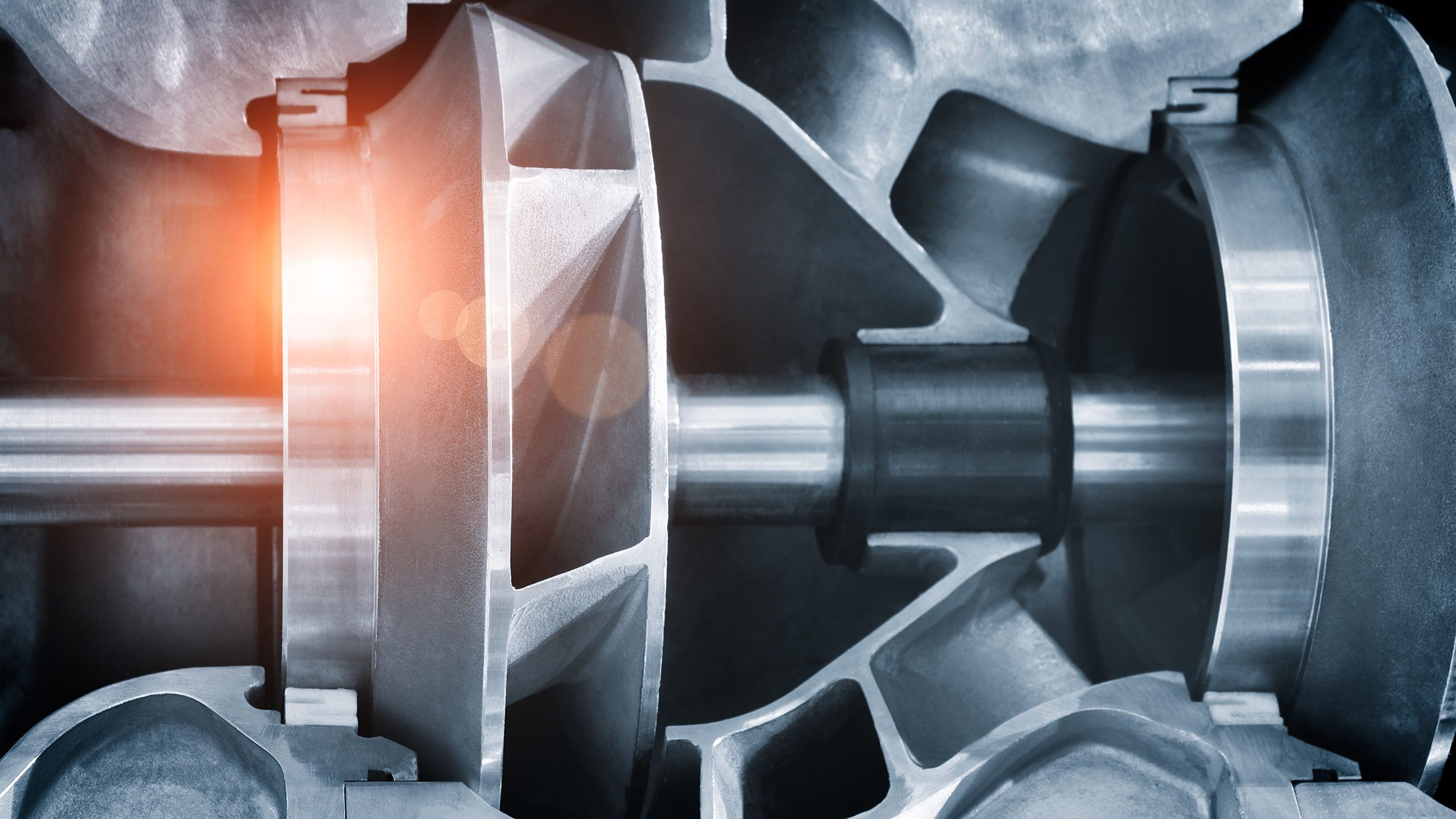
Why Viscous Fluids Shouldn’t Go Near Centrifugal Pumps
Viscosity in pumped fluids can cause issues with all kinds of pumps, not least a centrifugal pump. Plant Services calls it the “great bugaboo of the industry”. One thing all centrifugal pump suppliers in Canada can all agree on is this type of pump isn’t a great choice for viscosities above 100 centipoise (cP), let alone 300. This calls for a positive displacement pump, usually one that is self-priming. To put this into perspective, the viscosity of honey at 25 degrees is 2,000 cP.
According to Pumps and Systems, viscosity measures the resistance of the fluid to flow at a given temperature. Think of it as fluid friction – or the fluid’s resistance to being pumped.
It’s fairly obvious that a fluid that doesn’t easily pump would be an issue. Mainly because viscosity has a huge effect on centrifugal pump performance. An increase in the viscosity of the liquid will decrease the pump’s efficiency, reducing head and flow. Here’s an example from our many years as a centrifugal pump supplier in Canada:
A facility was using 25 hp to pump a viscous fluid using a centrifugal pump. Had they been pumping the same fluid with a positive displacement pump, they would have been using 5 hp. Simply put, the centrifugal pump actually reduces efficiency and took more energy to move reduced levels of flow.
This causes the following issues in your system:
- Reduced capacity
- Reduced head
- Increased brake horsepower needed for driver
- Reduced pump efficiency, and a change from the BEP
What viscosity can a centrifugal pump handle?
Depending on size of the pump and geometry of the impeller, viscosity limits range from 100 to 700 cP in most centrifugal pumps in Canada. If your application is above 250, we suggest working with your pump manufacturer (or your centrifugal pumps supplier in Canada) to see if a centrifugal pump would be correct for the pumped fluid. Here’s two things to consider:
A centrifugal pump shaft has a torque and horsepower limit that will be negatively impacted as viscosity increases.
The higher the viscosity, the less efficient the pump will be. We’ve seen centrifugal pumps manage viscosities of up to 1000 cP, but this impacts the performance of the pump. Read how to measure viscosity using varied technologies.
When to choose a positive displacement pump instead
For highly viscous fluids, a better option might be a positive displacement pump. When a PD pump handles higher viscosity fluids, flow rates increase as the high viscosity liquid fills the pump’s clearances – increasing efficiency. Positive displacement pumps can run at lower speeds and at lower shear rates than centrifugal pumps.
The pump you choose should help your system perform at peak efficiency, not reduce its performance. As your centrifugal pump supplier in Canada, our experts are on hand to help you choose, install, maintain, and monitor a variety of equipment, whether it’s positive displacement, centrifugal or other.
If you want to make sure you understand how and when to prime your pumps, call our toll-free number 1-800- 367-4180. We have experts on hand to help you choose, install, and maintain a variety of equipment. Contact us today!
